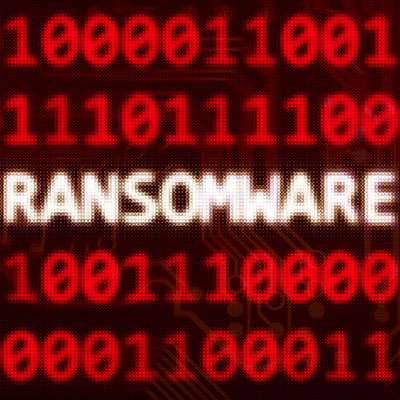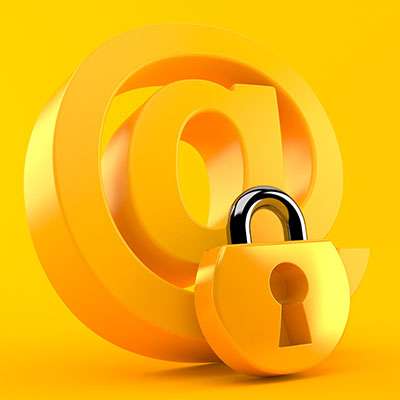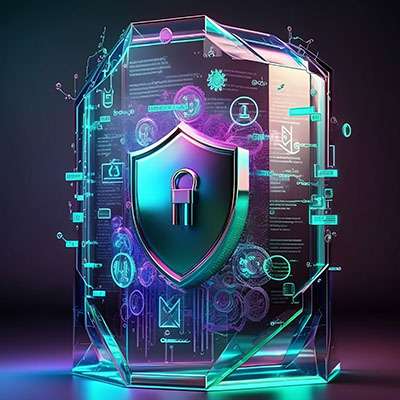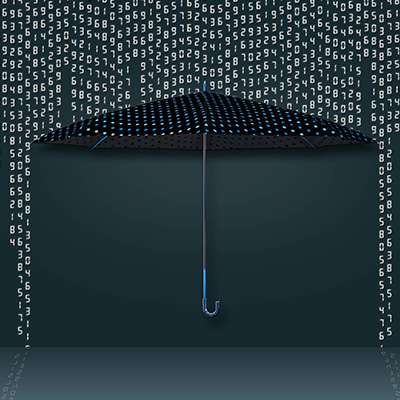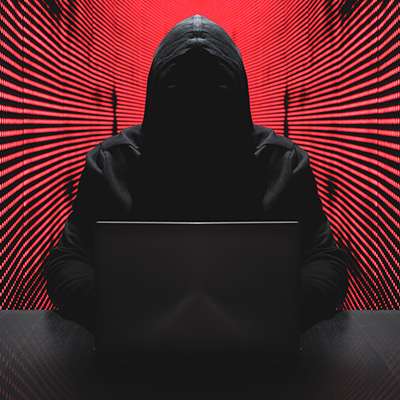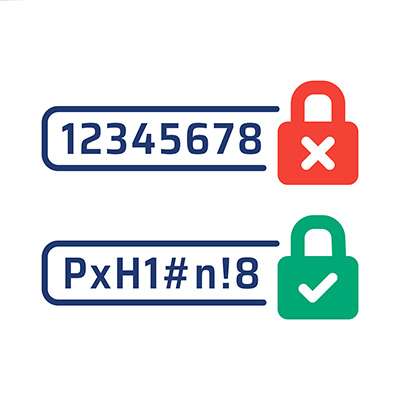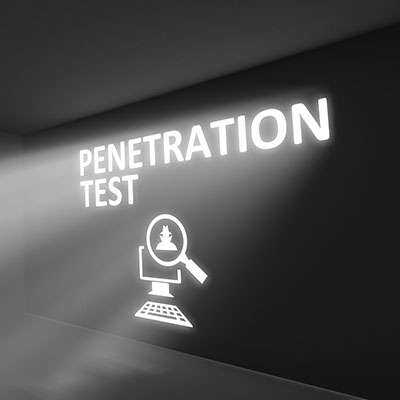Ransomware is one of the worst situations that any organization could have to deal with. It not only holds your data or computing infrastructure for ransom, it also creates situations where you have to explain to your clientele that you’ve been breached and that their information has fallen into the hands of scammers looking to extort your business. Listed below are details about how ransomware works and other details to give you an idea of just how unpleasant it is.
Macro Systems Blog
Cyberattacks are a serious problem that all organizations face in some form or another, but there are small, everyday tasks you can do to ensure that they impact your business as minimally as possible. It takes intention and effort to protect your business and its infrastructure, but that doesn’t mean that it has to be hard. Listed below are three simple ways you can keep your infrastructure secure.
The increase in wearable technology that you see coming into your business has significantly increased over the past couple of years. People are doing a better job of tracking their health and using wearable technology to improve their work lives. This creates a problem for the business because every single device brought onto a network is a potential threat and threats have to be managed. Listed below is a look at how people are using wearable technology and what you can do in response to this trend.
So much goes into proper network security that it can be intimidating to know where to start. Fortunately, there are plenty of great ways you can, and probably currently are, protecting your business, even if it’s on a basic level. You can consider this a checklist of imperative network security tools that are critical to have for your company’s success.
Phishing attacks have been prominent in cybercrime the past few years, not only due to their efficacy but also because there are so many avenues wherein phishing can be attempted. The first that comes to mind is email, naturally, but you and your team need to keep these others in mind.
Take, for example, a phishing voicemail…dubbed, naturally, a “phoicemail.”
Email remains a vital cornerstone in business communications, often containing sensitive information and other data that needs to be protected. Fortunately, today's email platforms usually enable you to add a little bit of protection, so long as you know what the process looks like.
Listed below is how you can make your emails just that much more secure.
Regardless of your industry, there are going to be certain regulatory standards that you will be responsible for upholding. Many of these standards will be related in some way to your cybersecurity. Some of these cybersecurity standards are listed below, as is why compliance is so imperative for your business.
The blockchain has been a hot topic in the past few years, if only tangentially. With all the buzz about cryptocurrencies, it can be easy to forget about the underlying technology that powers it and its other applications. Listed below is a discussion about how the blockchain could be involved with security needs in the future.
Today's threat landscape is vast and unpredictable; even if you think you know enough about cybersecurity to protect your business, we bet that you don’t. It’s not even just in the business world, either, as individuals also struggle against cyberthreats, along with IT administrators. The next couple of weeks will be dedicated to cybersecurity to get across everything you need to know about it.
For a long time organizations that didn’t have any cybersecurity problems would never consider investing in additional cybersecurity tools. The decision-makers of these businesses simply didn’t find it necessary; and many of them had a point (until they didn’t). The modern threat landscape is much, much more complex than it was only a few short years ago and therefore businesses need to make a point to set up the security tools that will help them secure their network and infrastructure from threats. Listed below is a look at some strategies that work to help today's businesses secure their digital resources:
While many small businesses shrug off cybersecurity needs as too costly an investment for an organization of their size, this is a potentially catastrophic mistake. The fact of the matter is that small businesses are regularly targeted by cyberattacks, making the aforementioned cybersecurity needs even more needed.
Simple passwords are often the bane of a business’ existence. If you routinely use strings like Password, 123456, Guest, or Qwerty to secure an account, then you need to reexamine your password practices before they result in a data breach. A good password can go a long way toward helping you in this effort.
No one likes to think about the prospect of being impacted by a cybersecurity incident, but it’s like any other unpleasant event in that it is best to prepare for it. In fact, modern businesses can invest in a cyber insurance policy to help prepare for such an eventuality.
Listed below are some of the ins and outs of cyber insurance so that you are prepared to make the best choice of provider for your business.
With countless threats out in the world, it’s no surprise that some of them go after undiscovered vulnerabilities. These kinds of threats utilize what are called zero-day exploits to make attempts at your sensitive data and technology infrastructure. What is it about zero-day exploits that you must keep in mind during your day-to-day operations and in planning for the future?
If you fall victim to hacking attack today, how would the hackers go about it? Would they try to find vulnerabilities in your network and infrastructure? You need to do what you can to answer the questions surrounding the strength of your existing network and infrastructure so you don’t have to deal with potential hacks. This month, we will talk about one really great way to find out where your security is light: by getting a penetration test completed on your business’ IT.
With countless threats out there waiting for IT professionals to slip up, it’s no wonder that many of these professionals are opting into what is called a zero-trust policy for their security standards. What exactly is a zero-trust policy, and more importantly, how is it so effective at mitigating security problems in organizational computing?

